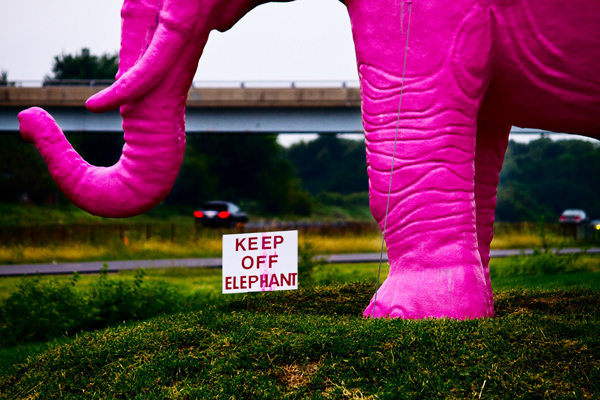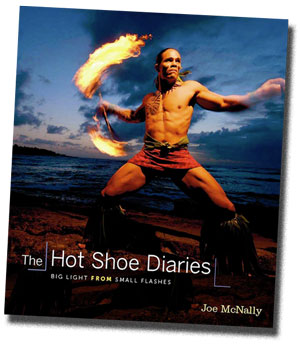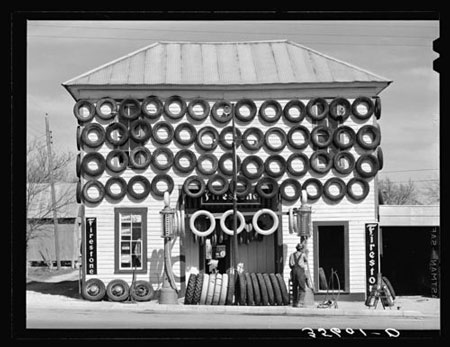Too much.
That was my first reaction after seeing the Henri Cartier-Bresson exhibit at the Chicago Art Institute. With nearly 300 photographs to view, the exhibit is overwhelming.
In fact, there were times when I had to resist the urge to skip over images that I was familiar with. There are so many iconic Cartier-Bresson photographs that have been reproduced in so many different publications over the years that it can be too easy to simply skim the exhibit.

Bougival, 1956, Henri-Cartier Bresson. All images copyright Henri Cartier-Bresson/Magnum Images
Spend some time with the pictures. Â I think it might be better to return for multiple visits, rather than try to absorb it all at once. Â If I get the chance to do so, I’d consider a return trip.
This is not a review of the exhibit, for that you can turn to the Chicago Tribune.
Instead, it’s just a few random thoughts and comments on three images.
Cartier-Bresson, of course, is one of just a handful of photographers who are relatively well known among non-photographers. If someone knows the names of any photographers, it’s likely to be Cartier- Bresson, Ansel Adams, Edward Weston, or maybe Dorthea Lange.
You get much beyond them and most people pretty much give you a blank stare. But, one of the risks of an exhibit of a photographer whose work is so well known is that it is easy to fall into the “greatest hits” mentality.
- Family picnicking on the Bank of the Marne – check;
- Woman denouncing Nazi collaborator – check;
- Man leaping over a puddle Behind the Gare Saint-Lazare, Paris – check
- Little boy carrying two bottles of wine along Rue Mouffetard, Paris, 1954 – check
- Prostitute leaning out of a  door in Mexico, 1934 – check
Because many of the images have become iconic, it can be hard to really see them. Far better to take a few minutes to absorb the often-exquisite composition of a single image.
I’ve picked just three images from the exhibit to consider.
Continue reading →









How to Read a History of Photography
Dorothea Lange, Internment Camp for Japanese-American Citizens during World War II, National Archives.
I’ve discovered a secret about reading histories and criticisms of photography. It’s the iPhone. Or, alternatively an iPad or iTouch.
Almost every book on photography contains a disclaimer from the author that he or she regrets that the practical limits of publication means the book cannot possibly include enough images to give the reader a complete picture of the photographers and genres being discussed.
Continue reading →
Share this: